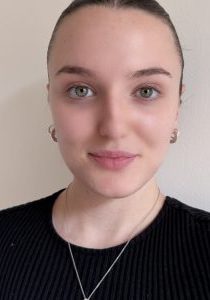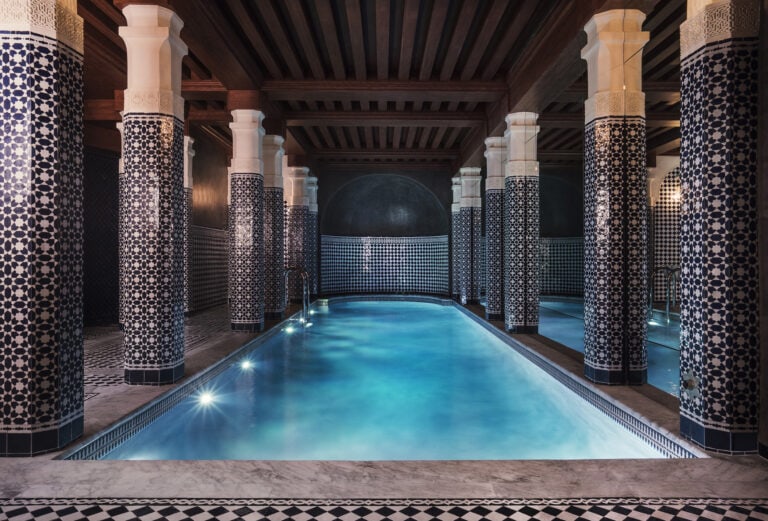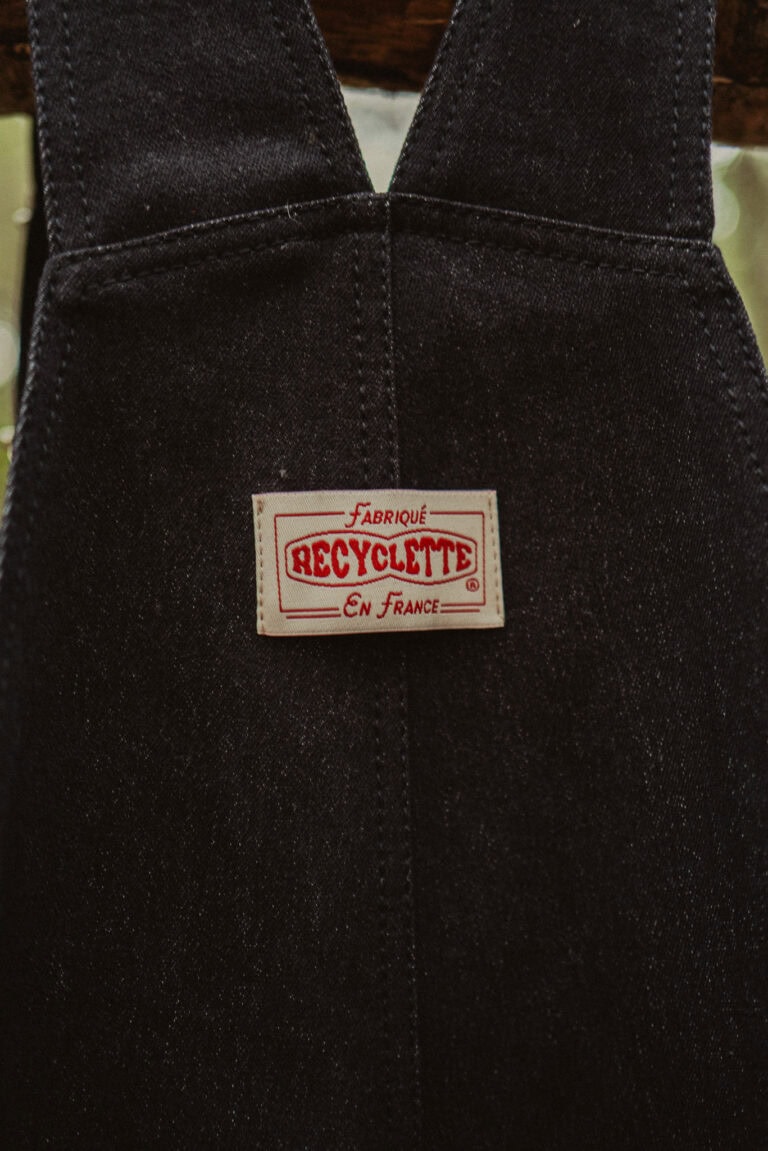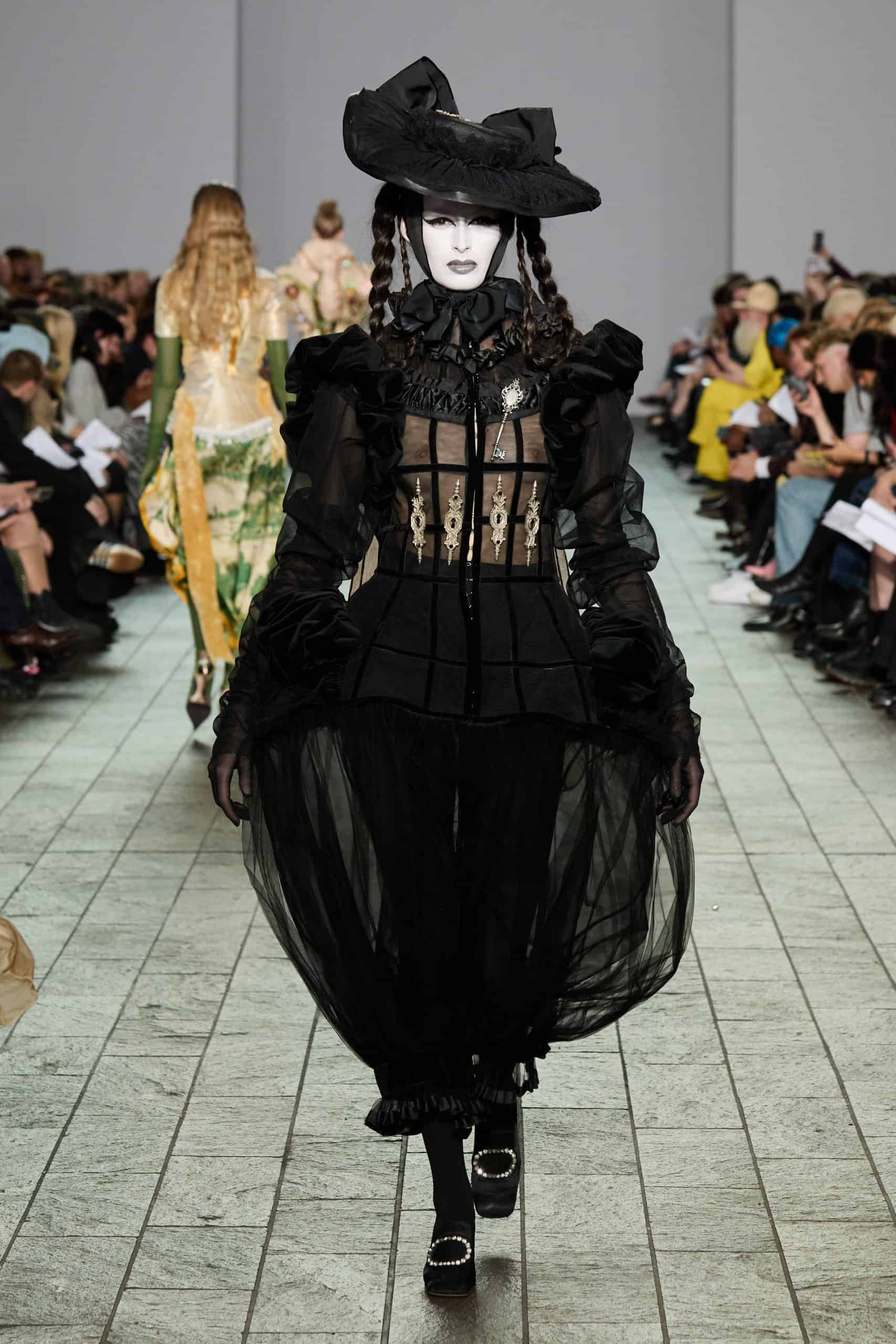
ANTON FEMIA DREAMS IN TEXTILES
Marie Loire Moulin
Anton Femia dreams in textiles. Meet the young designer crafting garments as personal mythologies, stitched with slowness, memory, and ritual. In an industry that often rewards noise over nuance, Anton Femia chooses quiet power. Working under the moniker Primordialbr0th, this Belgian-Peruvian designer creates clothing that feels more like relics or spells than fashion. His pieces don’t scream. They shimmer. “I always try for the garments to be as transportive as possible,” he says. “I wish for the wearer to feel otherworldly and for the spectator to witness something akin to an apparition.” Anton’s work isn’t just about clothes, it’s about building a universe, one garment at a time. A world drawn from childhood memories in West Africa and South America, filtered through forest walks in Belgium, and shaped by the conceptual rigor of La Cambre and the freedom of Central Saint Martins.
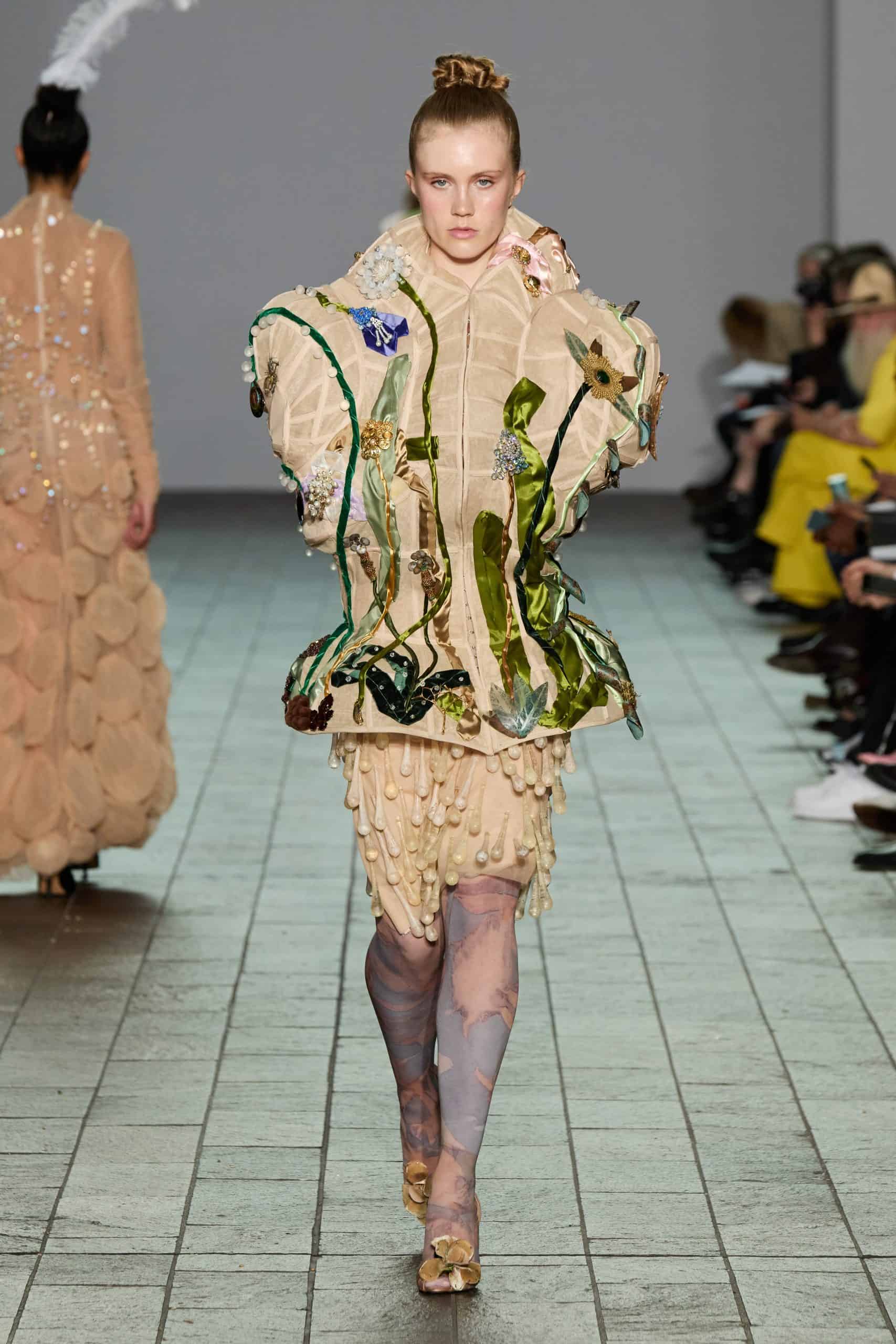
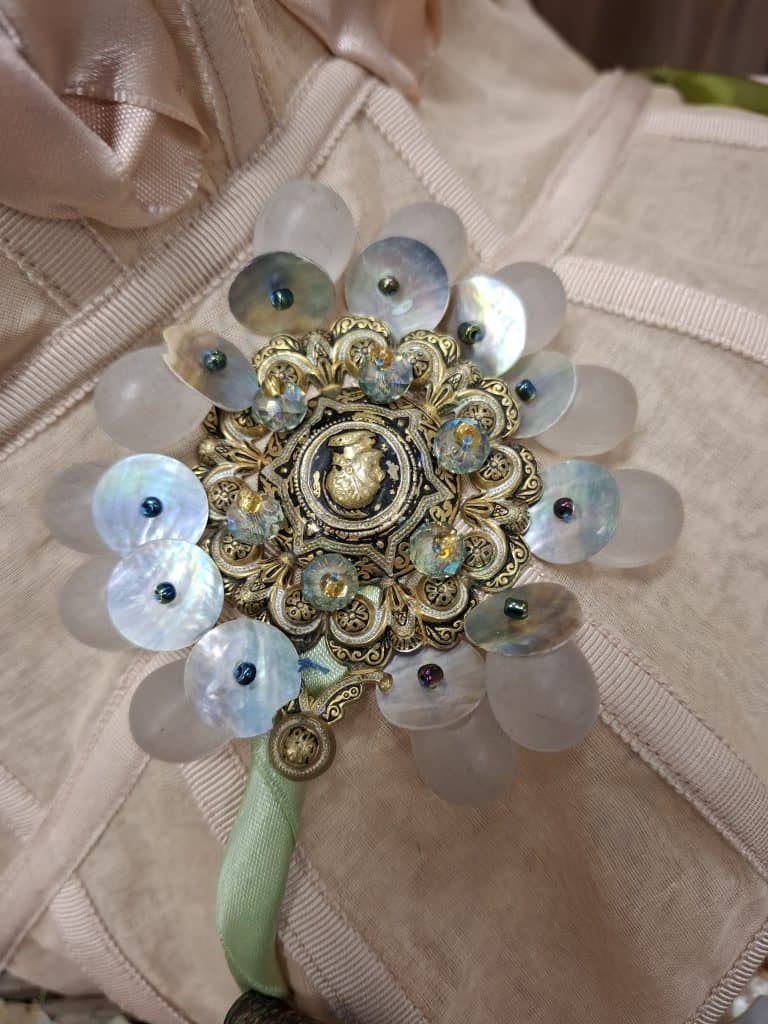
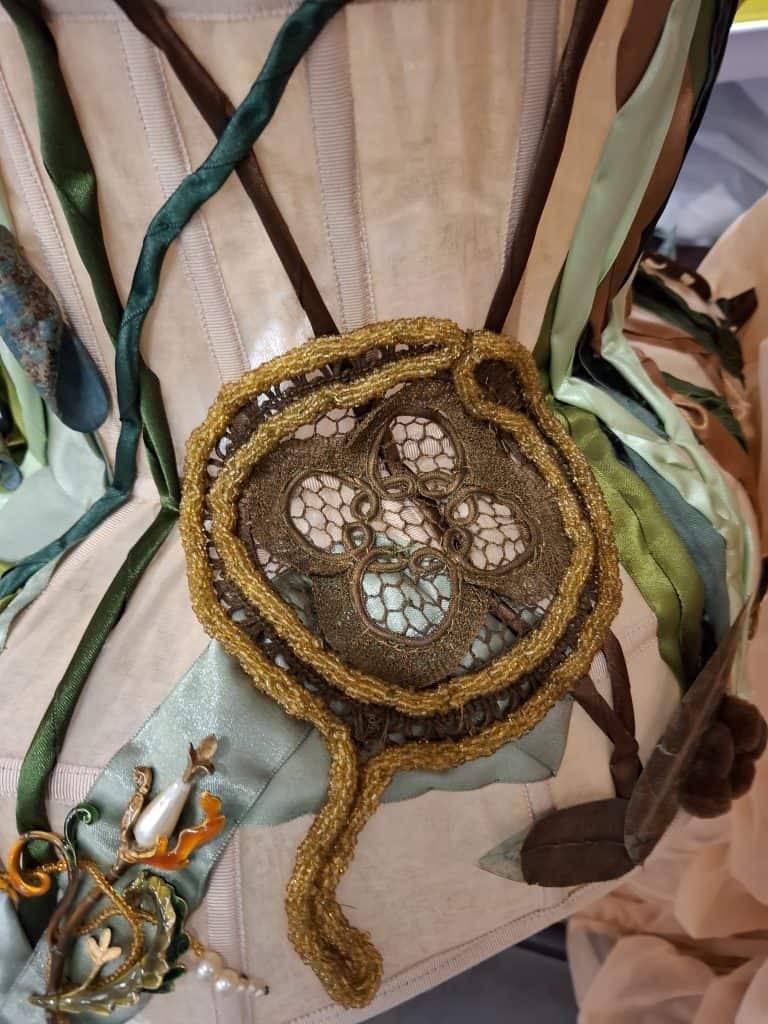
Sculptural silhouettes, ritual textures, and ancestral codes. Anton Femia’s garments invite the viewer into a layered, otherworldly mythology. Courtesy of the designer, Anton Femia.
ANTON FEMIA’S LIFE BETWEEN WORLDS
Born to NGO parents, Anton Femia moved constantly between continents. From early on, places like Natitingou and La Paz shaped his world, where magic wasn’t a metaphor, it was structure. “Magic was a very common thing to think about where I spent my formative years,” he recalls. Sacred crocodiles, voodoo rites, and llama fetuses buried to bless new homes all left their mark. Later on, in rural Belgium, he turned inward. Forests became temples. Streams and insects became companions. At night, the fields glowed blue, “like an alien world.” Consequently, these surreal, emotional bonds with nature became the core of his creative language. Back in Brussels, he studied fine arts at La Cambre, where theory ruled. Then came London, and Central Saint Martins, more fluid, more instinctual. Between the two, he found his method: thoughtful, but intuitive; precise, yet open.
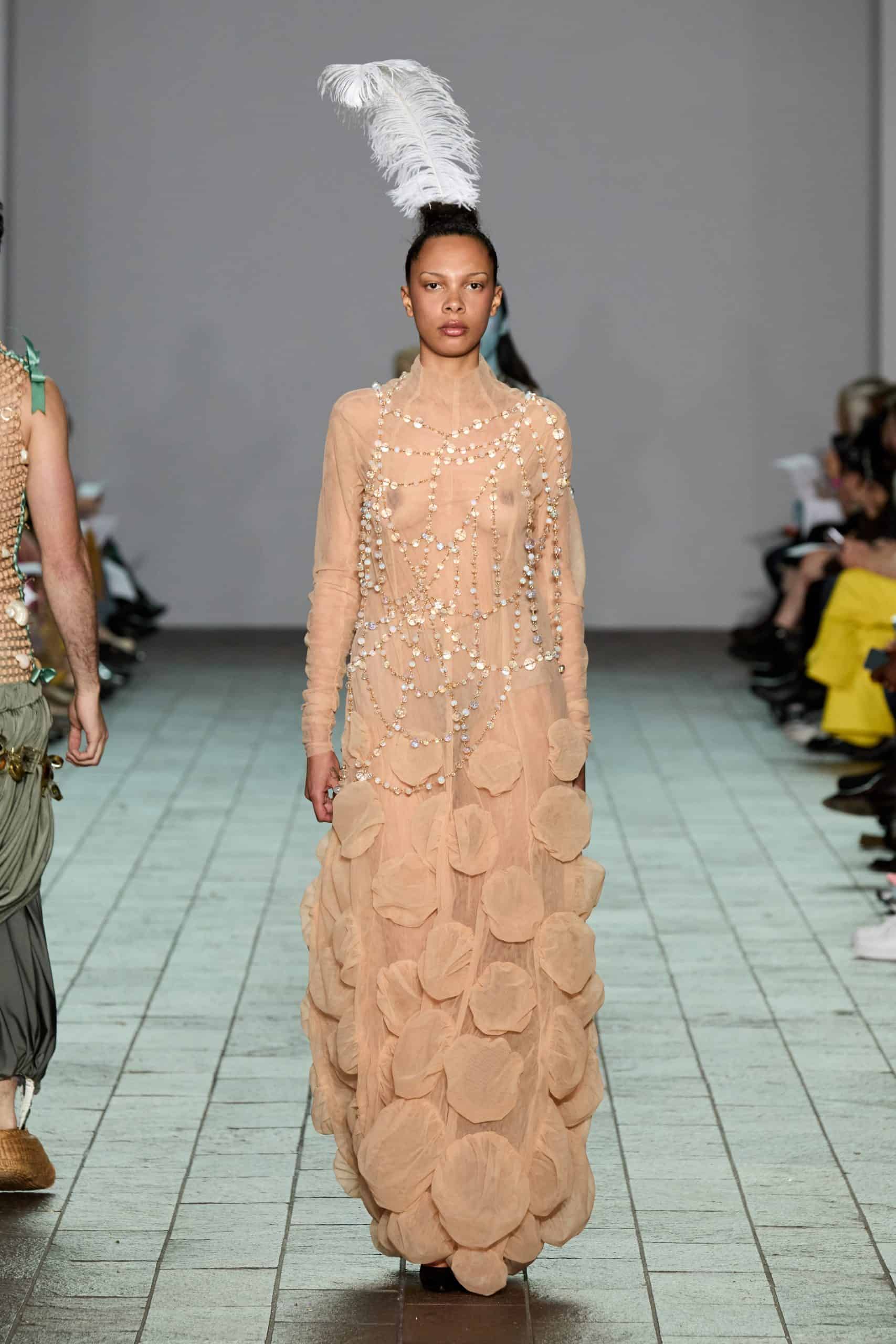
FOLKLORE, REWRITTEN
Anton Femia doesn’t follow traditional fashion narratives. Instead, he builds mythologies. “Most of my pieces inhabit the same universe,” he explains, “which becomes more and more complete every time a new addition is made.” Indeed, the reference points are personal: voodoo ceremonies, animal symbolism, and spiritual rituals. Moreover, art history, sci-fi cinema, and even insects feed his visual world. His cocoon imagery stems from artists like Heidi Bucher and H.R. Giger, but also from the countryside insects he grew up observing. “They changed the space that surrounded them in order to morph into a more fulfilled version of themselves. Their art was their cocoon.” In his own practice, that metaphor takes literal form. Threads, layers, membranes. As a result, his work wraps the body like a second skin, a protective dream state, a whispered memory.
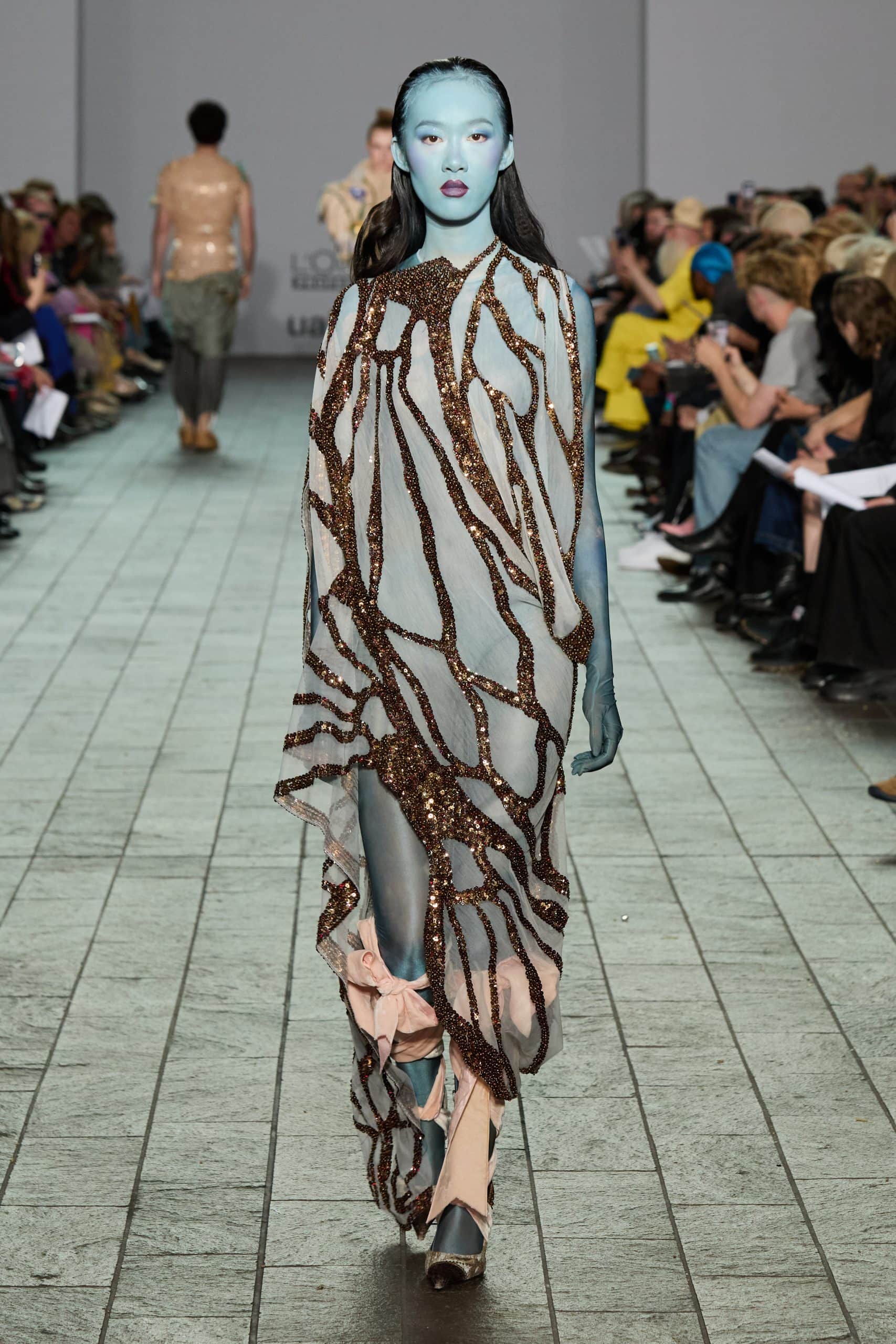
HOW A YOUNG DESIGNER DRAWS TEXTURE
Even before fashion, Femia was obsessed with drawing texture. Glass, especially because to draw glass is to draw its surroundings. “To make and to see, you must pause,” he says. That ethic carries through everything he creates. While the fashion system accelerates, Femia slows down. He chooses to resist speed. Indeed, “it always requires slowness,” he insists. “Which I think is a concept present in all my work.” Through this, the texture becomes his language. He explores what form and color alone cannot. He reveals mood, memory, and contradiction.
LETTING GO
Still, his process isn’t fixed. In fact, Central Saint Martins taught him to surrender control, to allow the material to intervene. “Trying something that may seem off can bring a totally new perspective,” he learned. “It’s okay to not always like your work.” As a result, this openness carries over to compromise. Internships at Ferragamo and Celine helped him rethink wearability. “When I realized not every garment needs to be a piece of art, they suddenly all became one.

TECHNOLOGY, THROUGH ANTON FEMIA’S EYES
Primordial br0th’s relationship to technology is complicated. He grew up far from digital culture. So while he sees its creative potential, he remains wary. “It arouses a bit of fear, maybe because I don’t really understand it,” he confesses. Yet he treats it with reverence. “Maybe the ritualistic approach I have to my work makes me personify objects too much. But intelligence trapped in an object seems like such a torturous concept to me.” Still, Photoshop is part of Anton Femia’s toolkit. Used slowly, and thoughtfully. Never mindlessly.
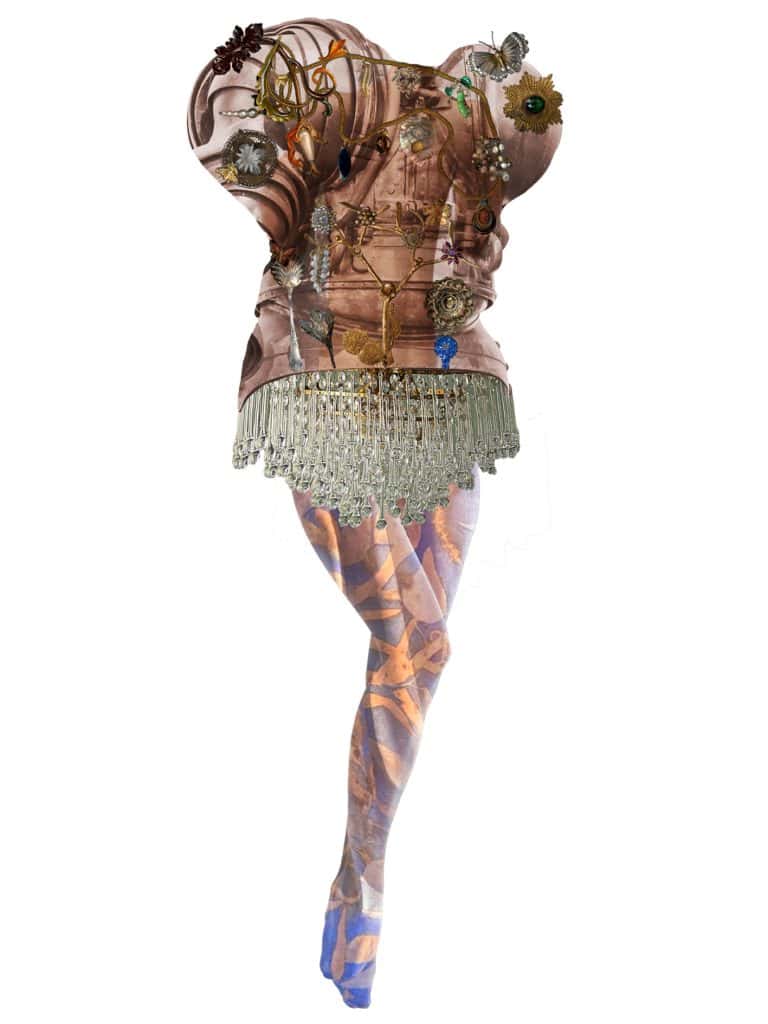
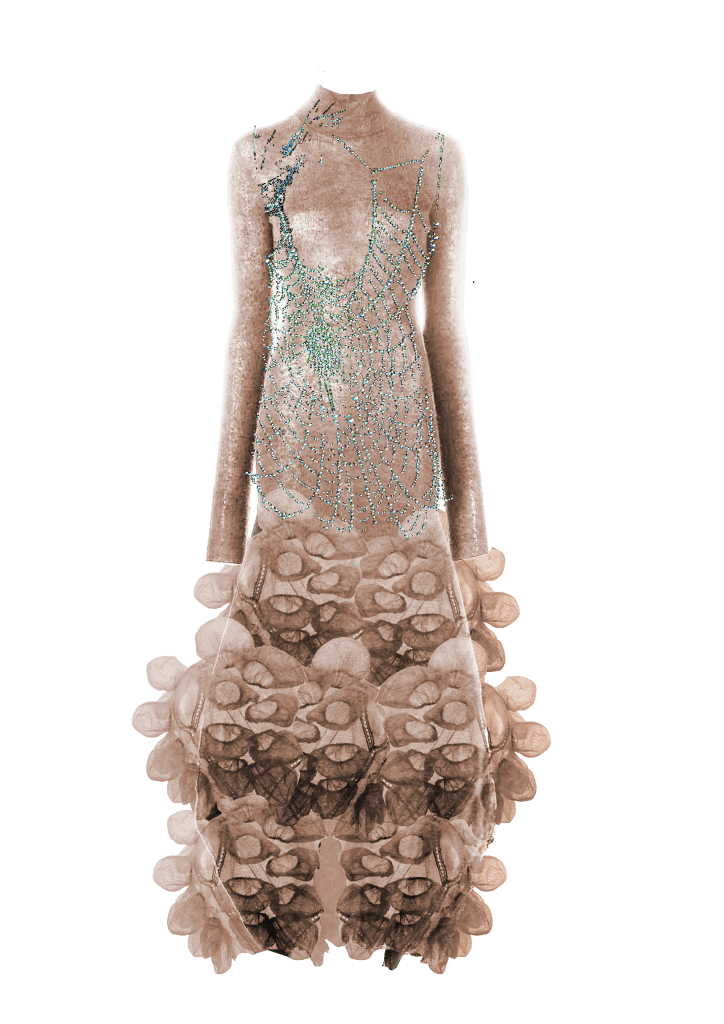
Anton Femia’s final collection turns transformation into a language. Courtesy of the designer, Anton Femia.
BEAUTY THAT WHISPERS
Anton Femia resists the current obsession with realism and ornament. “Modernity tends to lean towards either showing the mundanity of life or decoration for the sake of decoration,” he says. He wants more than that, he wants meaning. He returns to Art Nouveau not for its florals, but for its humility. “Lalique found inspiration in details often overlooked, an acorn, a spiderweb, a dried flower.” He believes in human touch. “When I see cave art, I see someone saying: I was here.” His clothes say the same. Someone was here. Someone made this.
WHAT’S NEXT FOR ANTON FEMIA?
After graduating, Anton returned to Belgium to reset. He’s preparing to join the Jeanne Vicerial studio, an artist he’s long admired for blending sculpture and garment. He’s also posting more frequently to Instagram, slowly building a following. “If the means permit,” he says, “I’ll definitely organize an art exhibition in Brussels soon.” For now, his work lives where it began, in silence, in slowness, in the careful ritual of making. And in his words: “Rituals are part of human nature whether we notice or not. Maybe this is why you mention timelessness because magic is timeless, and so are the feelings and lessons taken from it.”
Did you enjoy Anton Femia dreams in textiles? For readers fascinated by designers who stitch personal truths into fabric, check out Chanri Zhao stitches her truth.
Share this post
Marie Loire Moulin approaches fashion as an immersive language—one that expresses identity, character, and cultural influence. Echoing Jean Cocteau’s observation that “Fashion is what goes out of fashion,” Moulin embraces the paradox at the heart of her craft. For her, fashion is a living, breathing art form—constantly deconstructed, reimagined, and reshaped in response to the world around it.
What fuels Marie Loire’s creativity is the ability to blend worlds—to explore the intersections of fashion, technology, history, and art. She is inspired by how these disciplines collide to generate experiences that are not only visually compelling, but also deeply purposeful.
Moulin is particularly drawn to artistic expressions that serve as bridges—linking cultures, fusing tradition with innovation. Sustainability, for her, is not a buzzword but a foundation. She sees it as a long-term commitment to thoughtful creation, not a passing aesthetic.
As a stylist working with actors on film sets, Marie Loire thrives on transforming a director’s vision into living, breathing characters. Through wardrobe and silhouette, she builds atmospheres that tell stories—stories of emotion, intention, and presence.
Her creative drive extends into virtual reality and immersive art, where she explores how emerging technologies can shift perception and spark connection across cultural boundaries. For Moulin, the digital realm is just another canvas—one that, when used with care, has the potential to resonate as powerfully as the physical world.
Whether on set or in virtual space, Marie Loire seeks originality and depth. Her work is marked by richly layered references, a reverence for detail, and a belief that fashion—at its best—can speak not just to the eye, but to the mind.
Read Next

